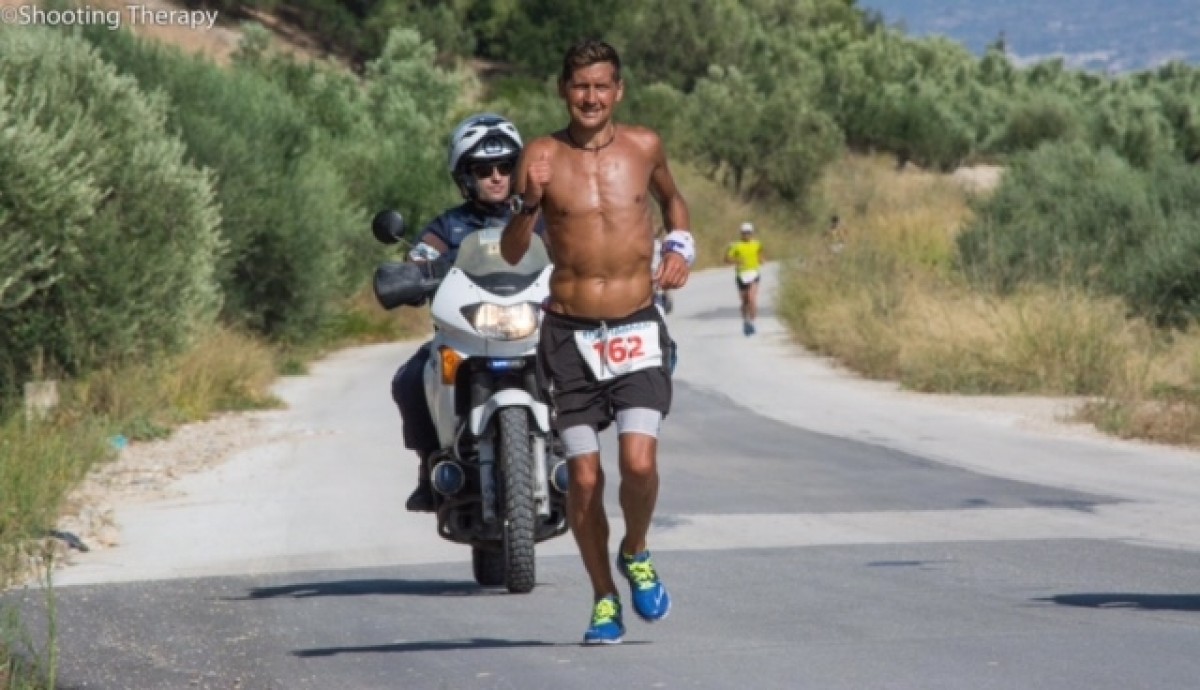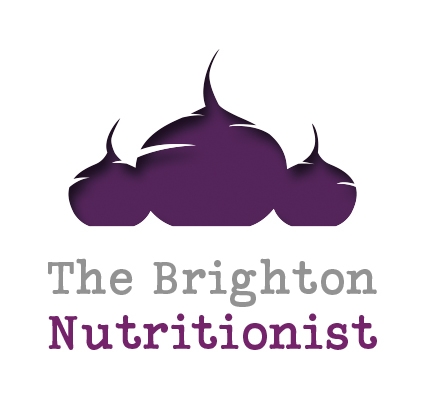Eat yourself better: A case study with Dan Lawson
In my last blog with Dan Lawson, Brighton’s very own running legend, we chatted about his diet and how he fuels both his training and racing. The interview took place a few days before the Belfast 24 World Championships. Unfortunately Dan had to pull out of the competition at 22 hours with a suspected stress fracture.
Dan’s injury was pretty severe. He didn’t run for over 3 weeks; trust me this is a lifetime in his world. In order to maximise his chances of healing quickly he looked at all aspects of his rehabilitation –physiotherapy, rest and nutrition. A good nutrition programme can help the rate at which tendons and muscles repair, positively influence the inflammation process and minimise the rate of muscle mass loss during the rest and recovery period.
Dan’s rehab nutrition programme
Calcium: Before a thorough assessment with a physiotherapist it was suspected that Dan had stress fracture. Because of this I looked at Dan’s diet to check he was getting adequate calcium to aid bone repair. As Dan has a largely plant based diet I suggested adding fortified plant milks and dried fruit like figs into his diet, good sources of non dairy calcium. He already had a lot of leafy greens in his daily diet which are also calcium rich. Research has shown that optimal calcium intake also reduces the risk or further stress fractures for elite endurance athletes.
Vitamin D: This is another essential nutrient for bone metabolism - however as Dan spends his summer in the UK and winters in India I didn't think Vitamin D insufficiency was a concern.
On proper examination his injury turned out to be Pes Anserinus Bursitis/Tendonitis – inflammation of the area inside of the knee where tendons and muscles attach, plus inflammation of the bursa, a fluid filled sac which helps reduce friction of the tendons and muscle.
With this knowledge we looked at what helps aid muscle and tendon repair and how to fit this into Dan’s diet.
Protein: Regular protein intake every 3-4 hours is essential in the initial stages of injury to both minimise muscle mass loss and aid muscle repair and regeneration. Leucine is currently thought to be the best protein for this as it directly stimulates muscle cells. Dan’s diet did contain a small amount of leucine rich foods like tuna and almonds but the quantity and frequency wasn’t enough to optimise recovery. We introduced food and supplement sources into his day including hydrolysed whey isolate protein powder into a smoothie after cross training and swimming. For his dinner we agreed on adding some tuna, lentils or both into his meal. Other snacks included almond butter and avocado or banana on oat/rice cakes.
Polyphenols: These are photochemicals with antioxidant properties which are important during the inflammation stage. Whilst there is no conclusive evidence, it is thought they might dampen down the scale of inflammation therefore speeding up transition time into healing. Evidence also suggests that coupled with omega 3 supplementation – another good anti-inflammatory, they could potentially reduce the pain associated with tendionpathies. I introduced frozen berries into Dan’s breakfast smoothies and added walnuts and olives to his meals. Dan was already eating lots of spinach and other leafy greens which are polyphenol rich. We made sure that his omega 3 supplements came from a website used by elite athletes and that they were batch tested.
Nitric Acid: From assessing Dan’s usual diet it was clear that it already had plenty of dietary nitrates rich foods. This is brilliant as research has shown that nitric acid may play a key role in muscle and tendon fibre regeneration, reduces tissue scarring and increases blood flow through capillaries. Dan eats a huge salad every evening which contains beetroot, rocket and spinach – all great sources.
Taking into consideration all of the above I gave Dan a detailed dietary plan which contained a few different versions of daily meal plans with weighed food amounts. We kept in touch regularly to check if he was able to roughly stick to the guide and suggested alternatives if not, as all the advice in the world is worthless if you are unable to apply this to your routine.
It’s now four weeks since the event. Dan’s recovery is on track and he started running after three weeks and is up to 20K a day for 6 out of 7
Dan says “I believe focusing on my nutrition helped massively with a quick recovery. It also helped mentally knowing that I was still somewhat in control of my injury and I could help it by the foods I was eating. Fran was superb not only with the meal plans but most importantly by backing everything up with evidence which, when you understand why you’re doing what you’re doing, motivates you to make more changes. She also understood that I’m an individual and looked at my current diet and eating habits and worked around that to make changes much more manageable.”
Injuries happen and can be extremely frustrating. Tackling the injury from all possible angles, nutrition being one of these, is a positive step you can take to help you feel more in control and help speed up the recovery time.
Why not try Dan’s super rehab salad
- ½ - 1 packet of mixed watercress, rocket and spinach
- 1 raw beetroot – peeled and grated
- 1 large carrot – grated
- ½ avocado sliced
- 1 large handful of shredded red cabbage
- 150-200g of cooked quinoa, bulghar wheat or brown rice.
- 3-4 large radishes
- 2 tomatoes diced
- ¼ cucumber diced
- 2 tablespoons of sweetcorn
- 1 fresh tuna fillet grilled or 1 can of tuna in spring water or olive oil
- Lemon juice
- Balsamic vinegar
- ½ packets of mint and coriander
Mix the salad, grains and herbs together with a generous splash of olive oil and the juice of half a lemon; I also like a good splash of balsamic vinegar. Place the tuna on top and enjoy!

